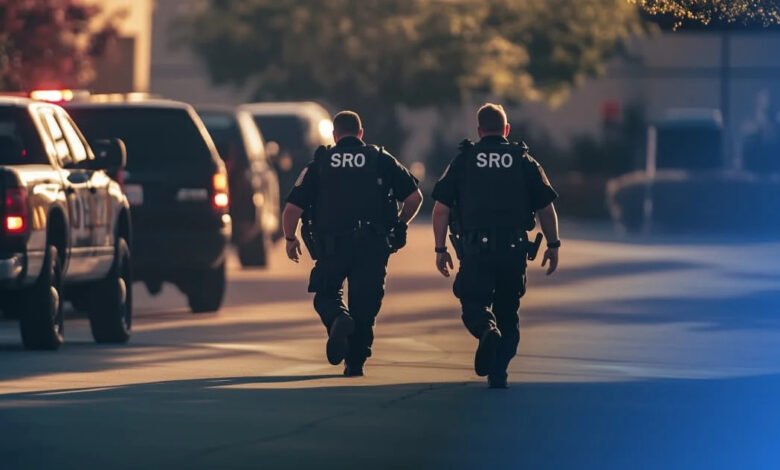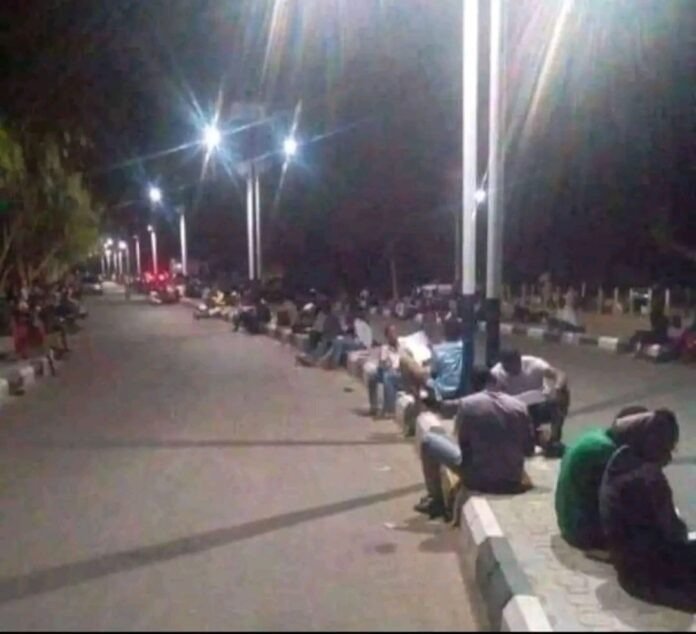7 Ways School Resource Officers Strengthen Safety and Support

As schools continue to prioritize campus safety, School Resource Officers (SROs) have become an essential component of comprehensive security strategies, with recent data showing that 58% of public schools have at least one sworn officer present weekly.
Their role now goes far beyond traditional law enforcement, blending rapid emergency response, preventive problem-solving, professional expertise, mentorship, community engagement, and technology integration to enhance school safety.
7 Key Benefits of School Resource Officers
1. Immediate Emergency Response Capability
SROs provide rapid, on-campus reaction during critical incidents, bringing professional assessment and judgment to quickly evaluate threats.
They coordinate with local law enforcement, implement lockdown procedures, and manage emergency medical support.
When integrated with modern technology, such as AI-powered alerts and real-time video feeds, their response becomes even faster and more effective.
2. Preventive Problem Solving
SROs act proactively to prevent incidents before they occur. Through daily observation, behavioral assessments, and early intervention strategies, they identify potential issues with at-risk students, address security vulnerabilities, and implement awareness programs.
Technology like behavioral analytics and pattern recognition further enhances their ability to prevent incidents.
3. Strong Community Relations
SROs serve as a bridge between schools, students, parents, and local law enforcement. By building trust and fostering communication, they create a shared sense of responsibility for safety.
Their visibility in school activities, interactions with students, and engagement with community members strengthen the relationship between schools and the broader community, which is critical during emergencies.
4. Professional Security Expertise
SROs bring specialized law enforcement knowledge into the school environment. They assist in developing comprehensive security protocols, train staff in emergency procedures, advise on security technology, investigate incidents, and ensure compliance with safety regulations.
This professional insight is crucial for creating and maintaining effective, modern security programs.
5. Student Mentorship and Education
Beyond security duties, SROs mentor students and provide safety education programs. By building positive relationships, guiding at-risk students, and fostering healthy attitudes toward authority, they reduce potential disciplinary or safety issues.
Their mentorship helps create a supportive school culture, and technology integration can free SROs to focus more on these personal interactions.
6. Enhanced Emergency Management
SROs are instrumental in emergency preparedness, developing response plans, conducting drills, assessing vulnerabilities, and coordinating with local emergency services.
Their daily presence ensures plans are practical and tailored to the school environment, while technology such as automated notifications and situational awareness tools improves real-time crisis management.
7. Resource Optimization
By combining their expertise with modern security technology, SROs help schools make the most of limited resources.
AI-driven monitoring, automated alerts, and data analytics allow SROs to focus on complex decision-making and relationship-building while extending security coverage and improving efficiency across the campus.
Conclusion
SROs are much more than security officers; they are mentors, educators, emergency responders, and strategic partners in school safety.
By integrating human expertise with modern security technology, schools can create safer, more responsive, and supportive learning environments that protect students, staff, and the wider community.




